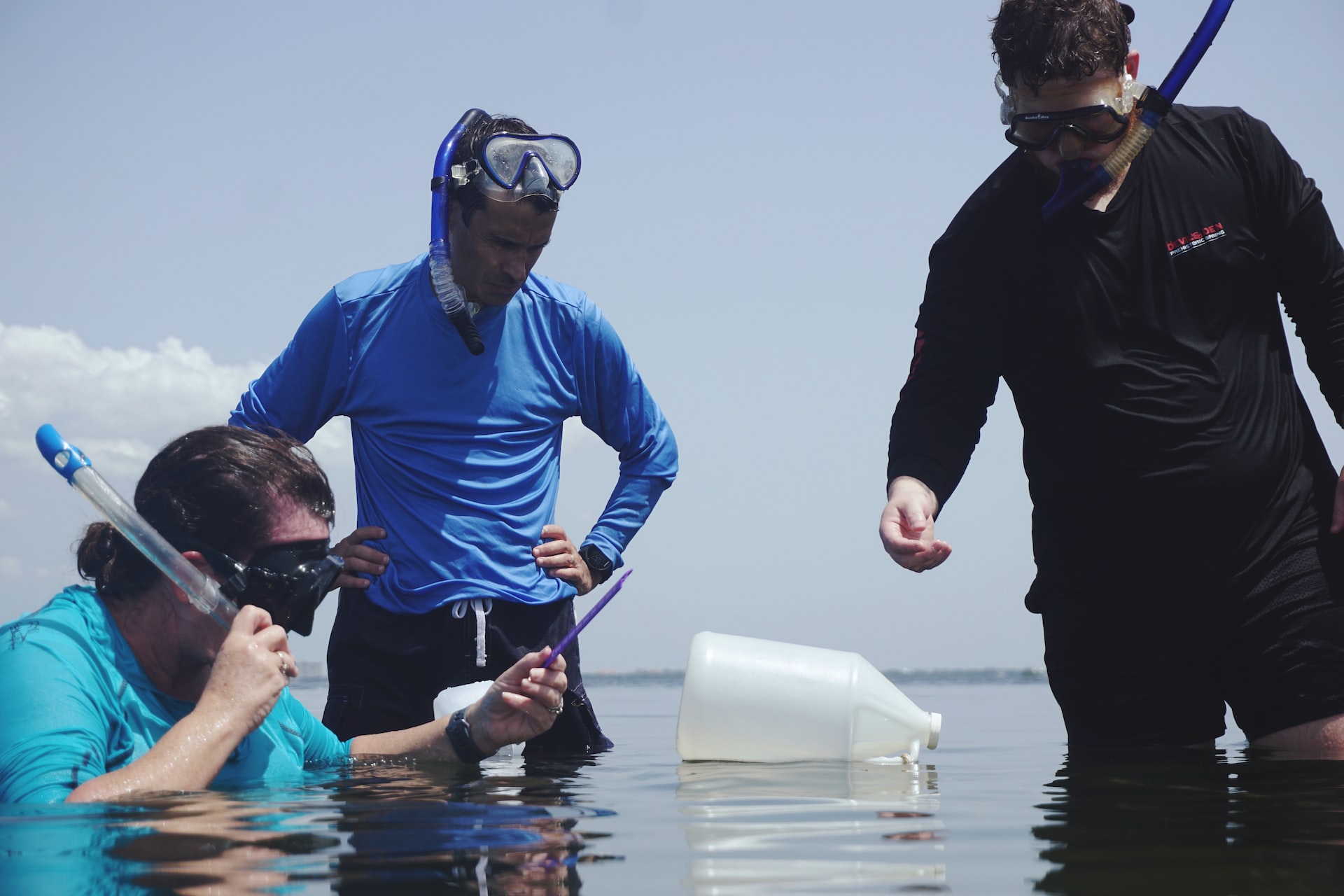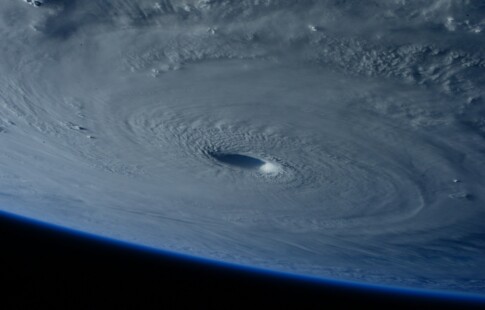
What Is the Difference Between Environmental Science and Environmentalism?
We are reader-supported. When you buy through links on our site, we may earn affiliate commission.
Over the years, the world has seen an influx of intense weather patterns and natural disasters — a phenomenon blamed on human-induced global warming and increasing climate change.
As a result of people’s rising awareness, many have pursued careers to learn about these changes and protect our most fragile ecosystems. Meanwhile, others have protested for federal policy changes and adopting sustainable lifestyles.
Society as a whole plays a critical role in preventing ecological collapse. However, many people confuse their participation in environmentalism with environmental science. The terms might sound the same to some — yet, they actually have two very different meanings.
So, what is the difference between environmental science and environmentalism? Continue reading to find out.
Key Distinctions Between Environmental Science and Environmentalism
Many use “environmental science” and “environmentalism” interchangeably, but key distinctions set them apart.
Environmental Science
Environmental science studies the environment’s inner biological, chemical, geological and physical processes. College students who pursue environmental science degrees do so to protect our natural resources and society from ecological hazards.
Environmental field experts typically conduct experiments and analyze data in seeking scientific solutions to the world’s most dire ecological issues. For instance, climate change analysts might measure sea ice thickness in the Arctic, while others might generate risk assessments of increasing wildfires in drought-ridden areas.
A real-life example of environmental scientists in action is found at the 350-acre Ely Copper Mine — a historic copper mine abandoned in Vershire, Vermont. Since being designated a Superfund site in 2011, remediation teams have set out to restore 30 acres of contaminated ecosystems, including removing 172,000 tons of toxic ore and debris from prior mining operations.
Environmental toxicologists play a critical role in Ely Copper Mine’s remediation efforts by periodically monitoring surface water quality — the results dictating the long-term clean-up activities, such as removing contaminated sediments in nearby ponds and adding a containment cell to cover waste rock.
Toxicology reports are critical as acid mine drainage poses a significant risk to groundwater and surface water nearby. The impacts are especially severe to aquatic life and highly toxic to humans exposed to contaminated water and soil.
Environmentalism
Unlike the scientifically-backed study of environmental science, environmentalism is an ideological movement focused on adopting social, economic and political organization to drive ecological protection.
Ethics and humans’ volatile relationship with nature come into play in environmentalism, as nonprofit groups and concerned citizens spearhead efforts to create more robust environmental policies.
Environmentalism might be represented best by the public outcry following the Santa Barbara oil spill in 1969 — a human-induced environmental disaster that spewed 3 million gallons of crude oil into the Pacific Ocean. The spill’s effects devastated marine ecosystems and aquatic life while saturating 35 miles of California’s coastline.
About 20 million marched in the first Earth Day demonstration on April 22, 1970, making it the most widespread environmental protest in history. Eventually, citizens involved in the campaign exposed politicians with poor environmental records and booted seven from office.
Congress then made the environment a key voting issue, creating the U.S. Environmental Protection Agency (EPA) that year and passing numerous legislation to clean and protect the nation’s natural resources.
In the 50 years that followed, environmentalism is still going strong, despite right-wing politicians’ efforts to dismantle decades-long progress. The movement gained momentum again in 2018 when Swedish teen climate activist Greta Thunberg inspired 1.4 million people worldwide to participate in climate strikes — many of which were school-age children.
Where the Terms Intercept
Environmental science and environmentalism differ in scope — however, there is one area they intercept.
Scientists investigate critical environmental issues and develop statistical data and scientific analysis. They then present their findings and guide governments, businesses and the public to take action. Without environmental science, the widespread environmental movements would have nothing to stand on — their arguments must be backed by scientific study to gain steam.
For example, surveys show that 36% of Americans believe inclement weather is a natural phenomenon, while 30% deny that humans have anything to do with the climate crisis.
However, findings from field experts dispute that notion, with an exceeding 99% scientific consensus and statistical confidence that humans are the direct cause of climate change.
The Role of Environmentalism in Environmental Protection
From the time Greta Thunberg went viral for her advocacy, environmentalism has seen an uprising of several youth activists. For example, 19-year-old Yusuf Baluch from Pakistan campaigns for climate change studies to be taught in schools, while Mitzi Jonelle Tan disseminates climate change information from the Phillippines through social media, educating people on adopting eco-friendly practices.
Additionally, 85% of people have shifted toward eco-friendly purchasing habits, increasing the demand for corporations to operate sustainably and deliver greener products.
Environmentalism leans into collective action to create change, and the movement has been particularly successful in the following efforts:
- Raising climate consciousness
- Influencing new environmental legislation
- Educating the global community
- Promoting sustainable industries
- Encouraging the use of renewable energy
- Establishing environmental nonprofit organizations, committees and alliances
- Creating recycling programs
- Prompting public participation
Of course, government policy is the crux of adequate environmental protection. Just like environmentalism requires scientific data to reinforce its arguments, scientists need average citizens to shine a spotlight on their research to those who can make change happen.
The public’s will often supersedes a lack of political will — and citizen action is what ultimately prioritizes environmental action.
A Healthy Planet Depends on a Science-Backed Movement
Environmental science and environmentalism might differ, but they play off each other to support a healthier planet. Understanding that truth lies within the scientific data makes the environmental movement stronger.
Share on
Like what you read? Join other Environment.co readers!
Get the latest updates on our planet by subscribing to the Environment.co newsletter!
About the author
Steve Russell
Steve is the Managing Editor of Environment.co and regularly contributes articles related to wildlife, biodiversity, and recycling. His passions include wildlife photography and bird watching.





